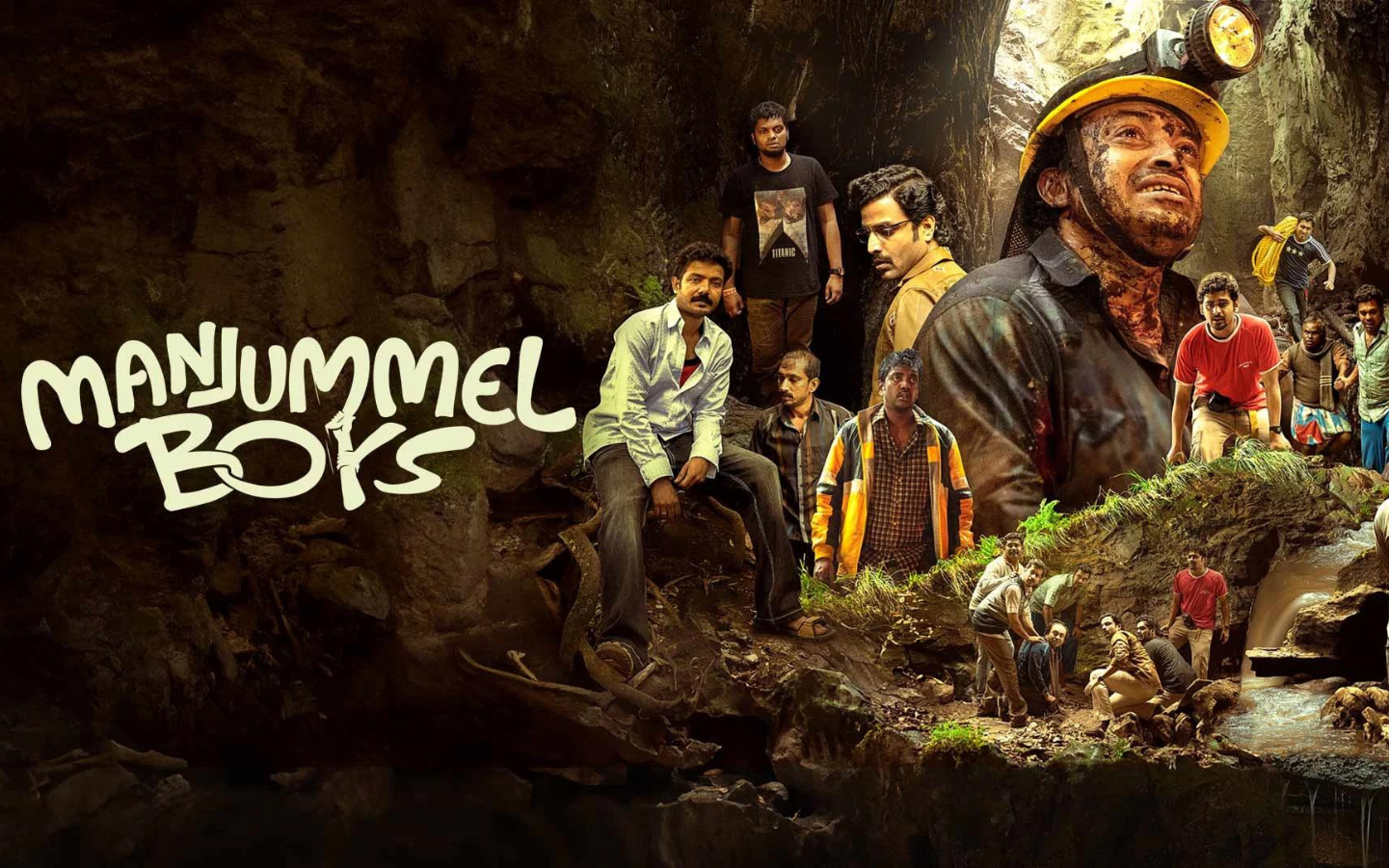Christi Himmelfahrt, or Ascension Day, holds a special place in the hearts of many Christians around the globe. As we approach this significant religious holiday in 2024, it’s essential to explore its rich history and vibrant traditions. From solemn church services to festive gatherings, the observance of Christi Himmelfahrt showcases how faith continues to shape our lives today. Let’s dive into the origins, customs, and unique ways people celebrate this day across different cultures while considering its relevance in our modern society. Join me on this journey through time and tradition!
Read more The Taj Mahal: A Symbol of Love and Loss – Stories Behind Its Creation
The origins and significance of Christi Himmelfahrt
Christi Himmelfahrt traces its roots back to the New Testament, specifically marking the ascension of Jesus Christ into heaven forty days after Easter. This event is crucial in Christian theology, symbolizing Christ’s exaltation and divine authority.
The celebration began as early as the 4th century. It was officially recognized by the Church and has been observed ever since. The date varies each year, falling on a Thursday in May, which can be challenging for some who might forget its significance amidst springtime festivities.
In many cultures, Christi Himmelfahrt represents hope and renewal. It emphasizes faith’s journey beyond earthly bounds while serving as a reminder of spiritual promises. Community gatherings during this time reflect unity and shared beliefs among congregations worldwide—making it not just a day of worship but also one of connection with others who share similar values.
How different countries around the world celebrate this holiday
In Germany, Christi Himmelfahrt, known as Ascension Day, sees many locals engaging in outdoor activities. Families often embark on hiking excursions or cycling trips to enjoy the spring weather. It’s also a public holiday, allowing people to spend quality time together.
In Austria, this day holds both religious and cultural significance. Many attend church services followed by festive gatherings featuring traditional foods and local music.
Switzerland celebrates with colorful processions and parades that highlight the community spirit. In some regions, special events showcase folk traditions passed down through generations.
Meanwhile, in parts of France, Christi Himmelfahrt is observed with solemnity at churches adorned with flowers. Devotees partake in prayers while embracing the spiritual essence of the day.
Across various cultures, this holiday fosters unity and reflection among communities worldwide while offering unique expressions of faith and tradition.
Traditional customs and rituals associated with Christi Himmelfahrt
Christi Himmelfahrt, or Ascension Day, is steeped in rich traditions and customs. In many regions of Germany and Austria, this day features vibrant processions. Local communities gather to celebrate with religious services followed by festive gatherings.
One cherished custom involves decorating the church with flowers and greenery. This act symbolizes new beginnings and renewal. Some towns even host parades that showcase elaborate floats representing biblical themes.
In parts of Switzerland, families often enjoy a traditional picnic outdoors. They feast on local delicacies while soaking up the spring sunshine. This practice reinforces community bonds as neighbors come together in joyous celebration.
Another unique ritual includes hiking to scenic viewpoints for prayers at dawn. Participants reflect on spiritual significance while enjoying breathtaking landscapes.
These customs highlight not only the religious essence but also foster a sense of togetherness among people celebrating Christi Himmelfahrt across various cultures.
The role of religion in modern society and its impact on the observation of this holiday
Religion continues to play a key role in shaping cultural identities and community ties. For many, Christi Himmelfahrt is more than just a day off work; it’s a moment of spiritual reflection.
In an increasingly secular world, this holiday serves as a reminder of faith’s enduring presence. Many individuals use it as an opportunity to reconnect with their beliefs through prayer and worship services.
However, the celebration varies widely across different regions and demographics. Younger generations may engage less frequently with traditional religious practices but still find value in the communal aspects of the holiday.
Social media also influences modern observances. People share their experiences online, showcasing how they blend tradition with contemporary lifestyle choices. This digital interaction fosters connections that transcend geographical boundaries while keeping the essence of Christi Himmelfahrt alive for many believers today.
Unique ways to celebrate Christi Himmelfahrt in today’s world
Celebrating Christi Himmelfahrt today can take on many creative forms. One unique idea is to organize a community hike or outdoor gathering. This not only reflects the ascent of Christ but also promotes fellowship among participants.
Another interesting approach is hosting a virtual event where people share stories, prayers, or reflections about faith and spirituality. This allows for connection across distances and strengthens community bonds.
Artistic expressions also play a significant role. Consider organizing workshops focused on creating religious-themed crafts, like paintings or decorations that represent the holiday’s significance.
For those who love culinary arts, preparing traditional dishes related to Christi Himmelfahrt can be both fun and educational. Sharing these meals with family and friends fosters connection while honoring customs from different cultures.
Engaging in acts of kindness within your community embodies the spirit of this holy day, making it relevant in today’s fast-paced world.
Challenges faced by the celebration of this holiday in current times
Celebrating Christi Himmelfahrt in today’s world comes with its own set of challenges. One significant hurdle is the declining religious participation among younger generations. Many see this holiday as more of a historical event rather than a spiritual occasion.
Urbanization also plays a role. As people move to cities, traditional customs may fade away or adapt to modern lifestyles, losing their original meaning.
Additionally, the rise of commercialism can overshadow genuine observance. Instead of focusing on reflection and community, some celebrations become mere festivities filled with consumer-driven activities.
Societal divisions around beliefs can hinder unified celebration efforts. This often leads to fragmented observances that lack the communal spirit intended by such holidays. Each challenge pushes communities to rethink how they engage with tradition while striving for relevance amidst changing times.
Conclusion: The enduring importance of
The enduring importance of Christi Himmelfahrt resonates deeply within communities and congregations. As we move through 2024, this holiday serves as a reminder of faith, hope, and the promise of spiritual ascension. While the ways in which it is celebrated may evolve with time, its core message remains unchanged.
Religious observance continues to be integral for many people today. Whether it’s attending church services or gathering with loved ones for reflection, these acts foster a sense of connection to tradition and community. The rituals that accompany Christi Himmelfahrt—whether they are solemn or festive—encourage individuals to pause amidst life’s chaos and reflect on their beliefs.
As society becomes increasingly secularized, finding new ways to honor such religious holidays can be challenging yet essential. This search for balance between modern life and traditional values highlights the adaptability of faith practices in contemporary culture.
While challenges abound—from societal shifts to differing personal beliefs—the spirit behind Christi Himmelfahrt persists. Each celebration invites us deeper into understanding our heritage while nurturing relationships built on shared values.
Let this holiday stand as an opportunity not just for observation but also for re-engagement with what truly matters: connection with self, others, and the divine narrative that transcends generations.




